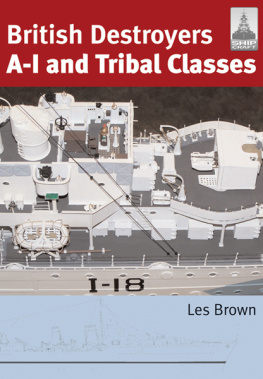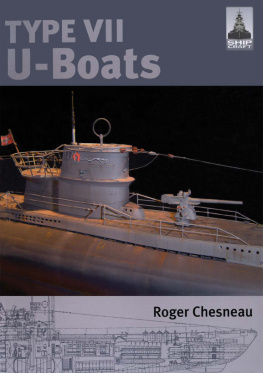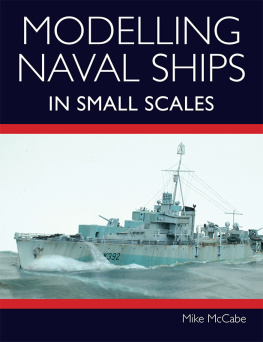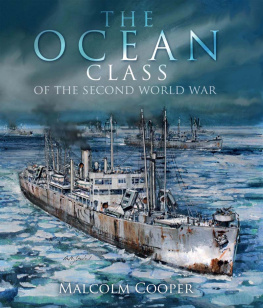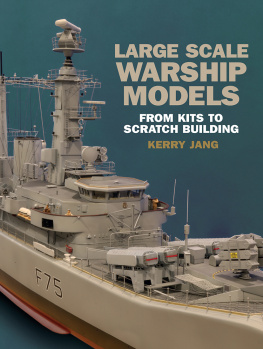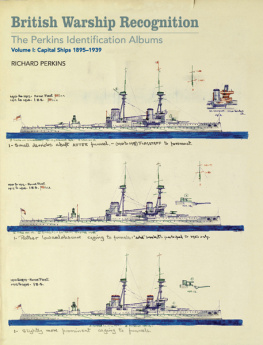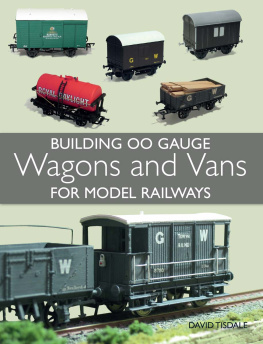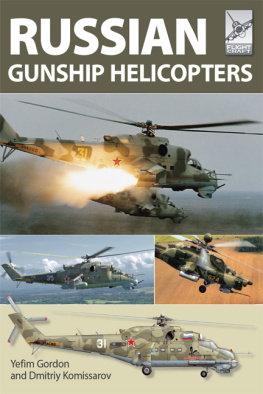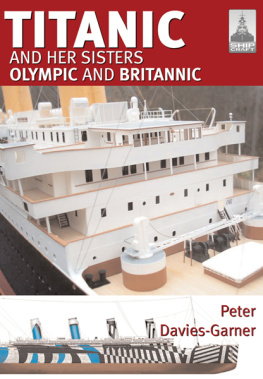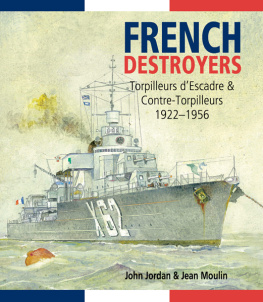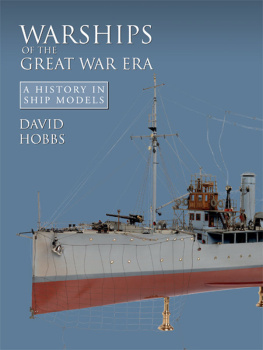
The builders model of Amazon. Note the 4.7in BL guns in their half-shields, a feature not repeated in the following classes. (National Maritime Museum G07573)
Copyright Seaforth Publishing 2009
First published in Great Britain in 2009 by Seaforth Publishing, an
imprint of Pen and Sword Books Ltd, 47 Church Street, Barnsley,
South Yorkshire. S70 2AS
www.pen-and-sword.co.uk
And in the United States of America by
Classic Warships Publishing,
PO Box 57591, Tucson, Arizona 85732
www.classicwarships.com
British Library Cataloguing in Publication Data
A CIP data record for this title is available from the British Library
ISBN: 978-1-84832-023-9
EPUB ISBN: 978-1-78346-921-5
PRC ISBN: 978-1-78346-688-7
All rights reserved. No part of this publication may be reproduced
or transmitted in any form or by any means, electronic or mechanical,
including photocopying, recording, or any information storage
and retrieval system, without either prior permission in writing
from the publisher or a licence permitting restricted copying.
Typeset and designed by Stephen Dent
Printed and bound in China through Printworks International Ltd
CONTENTS
Design
A t the end of World War I the Royal Navy had a large number of relatively modern destroyers which were surplus to requirements. A large number of these, primarily the R and M classes, were sold for breaking up in the early 1920s. Many of the later S class were sold in the 1930s but the majority of the later designs, the Vs and Ws, survived to fight again in World War II. There was therefore no urgent need to build replacement vessels and little inclination to develop destroyer designs.
It was not until the early 1920s that new designs were finally entrusted to two private companies, each of which had a fine pedigree in destroyer design. The two companies, Thornycroft and Yarrow, were selected after the Admiralty had requested designs be submitted by five different shipbuilding companies. Their two ships, Amazon and Ambuscade respectively, were both launched within a few days of each other in January 1926 (Amazons launching was delayed by a few days after her naming because of bad weather), although Ambuscade had been laid down first, in December 1924, with Amazon following shortly after in January 1925. Amazon was the slightly larger vessel, 1352 tons as against 1173 for Ambuscade, but both shared similar machinery arrangements (twin shafts, Brown-Curtis turbines and Yarrow boilers) and carried the same primary armament of four single 4.7in/45 BL Mk 1 guns and two triple 21in torpedo tubes. The design speed in each case was 37 knots. The Admiraltys original requirement had been for just 35 knots, but Yarrow offered 37 knots and Thornycroft were forced to match this. On initial trials, Amazon only made 34.5 knots but after modifications she achieved 38.7 knots six months later. Ambuscade exceeded 37.6 knots during her trials and proved more economical than Amazon at speeds in excess of 25 knots. These vessels were fitted with separate Parsons cruising turbines in addition to one high and one low power and an astern turbine per shaft.
Their size and armament were similar to the later destroyers of World War I but, with a speed about 3 knots faster, it was felt they offered a significant tactical advantage. Layout was similar to the Modified W class destroyers, but with the addition of a sick bay and a surgeons cabin. The Transmitting Station was also relocated to the upper deck. Ambuscade was criticised as being too large, the Controller commenting that the bridge appears unnecessarily large, enormous size as big as a light cruisers. The bridge and its layout also received many other criticisms from the COs and other officers. Compared with US destroyers at the end of World War I, the standards of habitability on both vessels still left much to be desired. The use of superheated steam in the propulsion system led to high temperatures in the machinery spaces, resulting in problems, particularly for the crew, when the ships operated in the tropics.
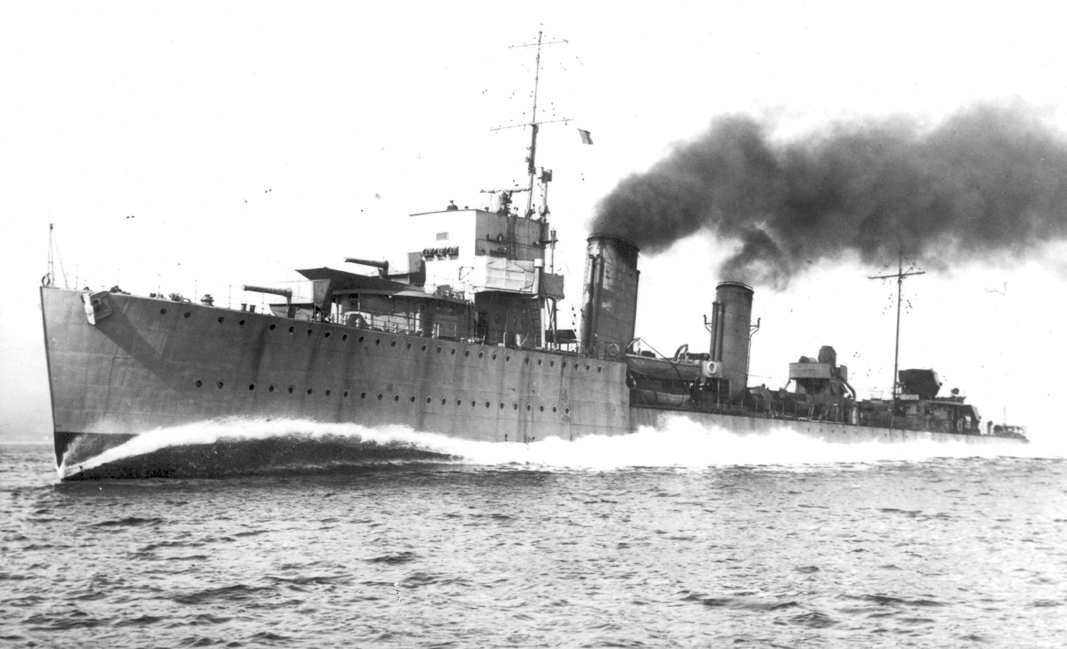
HMS Amazon on trials. She did not meet her design speed and underwent modifications in late 1927, going to South America for allweather trials the following year. In early 1939 she recommissioned to join HMS Vernon for Torpedo School sea training. During the war she was involved in convoy escort and anti-submarine work in home waters, the Atlantic, Arctic and Mediterranean before being withdrawn from operations in late 1943 because of the state of her hull, becoming an air target ship. Withdrawn from service in late 1944 she was used for structural tests until sold 1948.
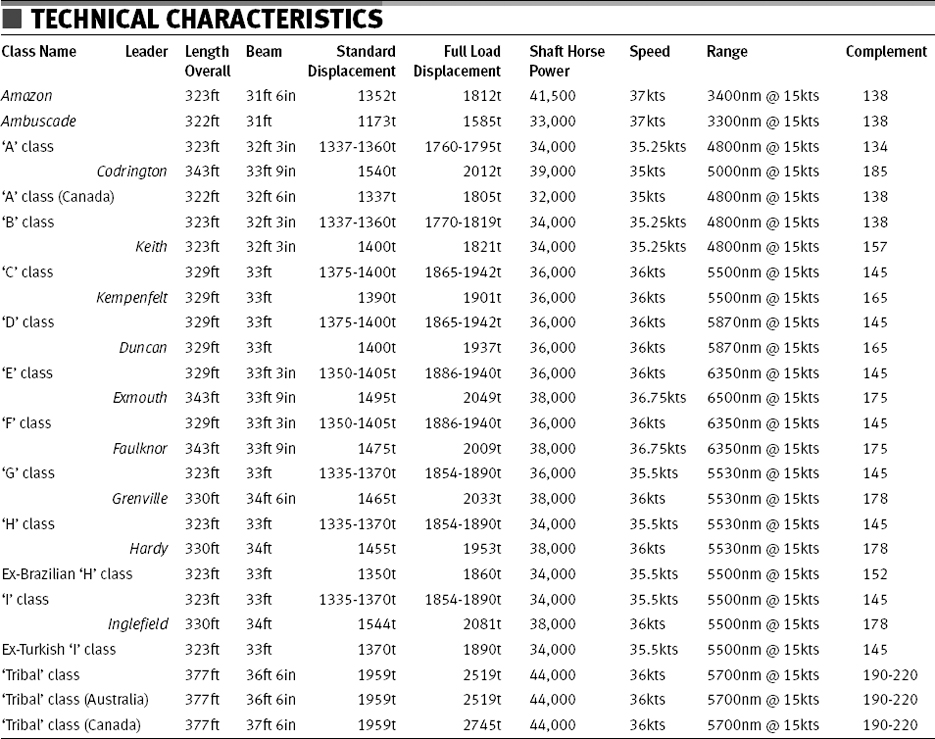
These were the last vessels to be fitted with the 4.7in BL Mk 1 gun on the CP VI mounting, which had a maximum elevation of just 30 and a small spray-shield, rather than the quick firing guns fitted to later destroyers. They were also the last destroyers (apart from some of the Hunt class escort destroyers) to be fitted with triple, rather than quadruple, torpedo tubes, these being of the same design as those fitted to the destroyers in World War I. Anti-aircraft protection was provided by the 2pdr pom-pom, which had a maximum rate of fire of 200rpm, but was prone to jamming, primarily because of the use of canvas ammunition belts. Fire control for the 4.7in guns was from a simple sight sending both bearing and elevation to each mounting (and the searchlight), range being provided by a 9ft rangefinder.
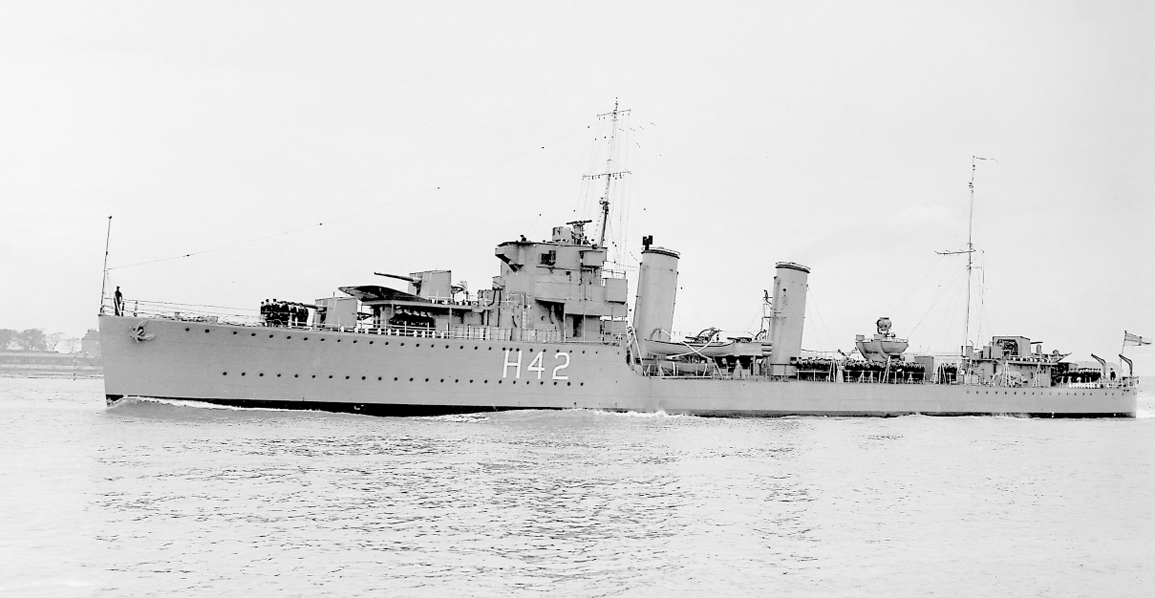
HMS Arrow as built, in the dark grey paintwork of the Home Fleet.
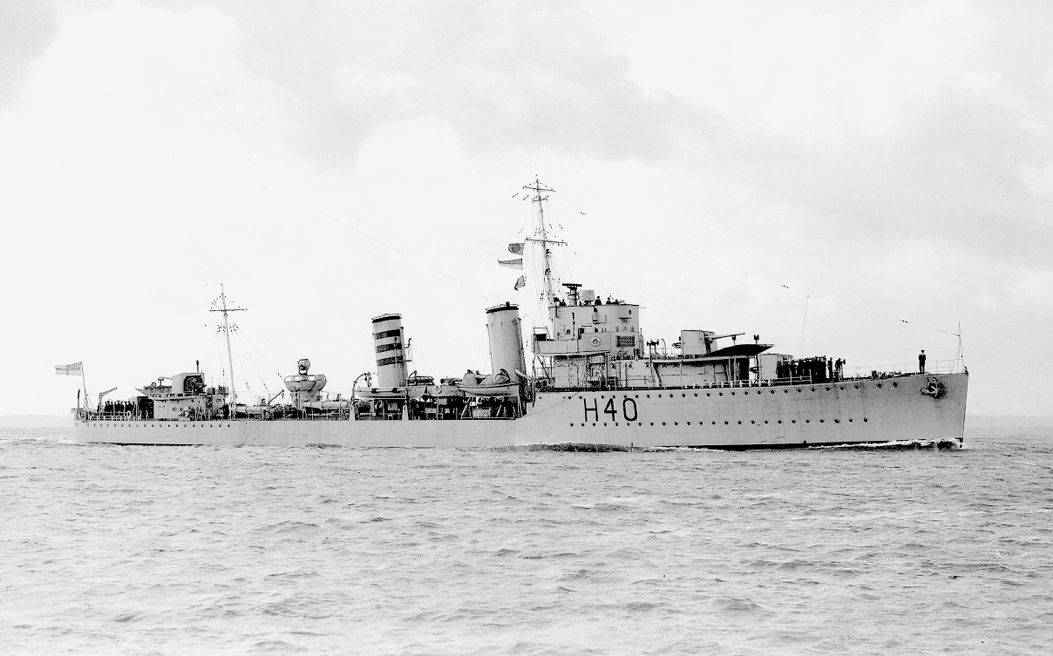
HMS Anthony as built, wearing her flotilla stripes on the after funnel.
A CLASS.
The initial requirements for these vessels were discussed in 1926 and the Staff Requirements finalised in October of that year. The A class (eight vessels plus a leader) then formed the 1927 Programme, the sketch design being approved in May with build drawings being available in September. The majority of the vessels were not launched until 1929, the last being Acheron (Thornycroft), which was launched in March 1930. Displacement increased compared to Ambuscade by about 200 tons, primarily because of the requirement for greater range and the decision to carry two additional torpedoes. The leader, Codrington, was approximately 20ft longer, 18in greater in beam and displaced 200 tons more than the others. She did, however, carry an additional (fifth) 4.7in gun and have additional accommodation (for 47 officers and men) but also a much larger turning circle, making manoeuvring with the flotilla rather difficult. Seven different companies were involved in the construction of the class. Brown-Curtis turbines were fitted in Acasta and Achates (both built by John Brown) and Parsons turbines in the remainder, all vessels achieving at least 35 knots on trials. Anthony (built by Scotts) exceeded 36 knots. The HP turbines included a cruising stage, hence removing the requirement for separate cruising turbines.
Next page
